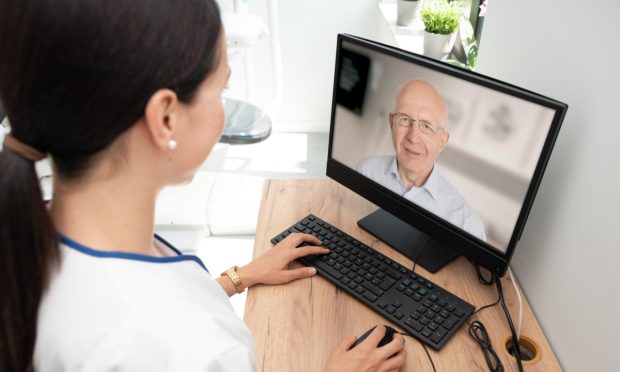FTC Cracking Down on Telehealth Apps and Data Sharing

The Federal Trade Commission (FTC) wants telehealth firms to improve their data-sharing practices.
The commission is particularly focused on companies that use customer data without disclosing the practice to their users, The Wall Street Journal (WSJ) reported Sunday (March 26). It’s a campaign that’s happening amid increased consumer use of telehealth services.
“We’re very concerned by how easy it is for consumers to hand over their most sensitive information,” Miles Plant, the FTC’s senior privacy and data security attorney, told the WSJ.
He added that the FTC wants to ensure “these companies are honest and transparent about what they’re collecting, what they’re using it for and who they’re disclosing it to.”
Among those companies is BetterHelp, a teletherapy provider that the FTC banned from sharing consumer health data earlier this month.
Part of the problem is that many consumers mistakenly think the Health Insurance Portability and Accountability Act, or HIPAA, will protect their information in every case, said Nicholson Price, a professor at the University of Michigan Law School.
“HIPAA really doesn’t reach apps or places where patients share their own information,” Price said in a WSJ interview. “So that’s generally not preventing companies or app developers from sharing or selling or licensing this sort of data.”
The crackdown is happening at a time when consumers are increasingly using telehealth. Research by PYMNTS shows that 47% of patients used telehealth services for the first time during the pandemic, compared to just 17% who had done so before the pandemic.
In addition to data issues, these patients also often find themselves dealing with a payment system that’s extremely complex, according to the “Telehealth Digital Payments Report,” a collaboration between PYMNTS and American Express.
The report found that providers can improve the payment process for telehealth services by increasing its transparency, providing them with payment choice and payment plans, allowing payments through a website, and deploying payment innovations that make telehealth access and bill payment easier for patients.
“One of the most important steps to improving the payment process for telehealth services is to increase its transparency, as healthcare payments can quickly grow incredibly complicated when factoring in insurance, copays and federal aid,” PYMNTS wrote last month.
Patients have a range of different preferences when it comes to paying for medical appointments and procedures, for example, with half paying after the procedure, 20% paying during the visit and 18% paying prior to the visit.
Just 30% of consumers in a recent PYMNTS study said they received cost estimates before treatments, but 89% said they wanted to know the total bill and make a payment in advance.

